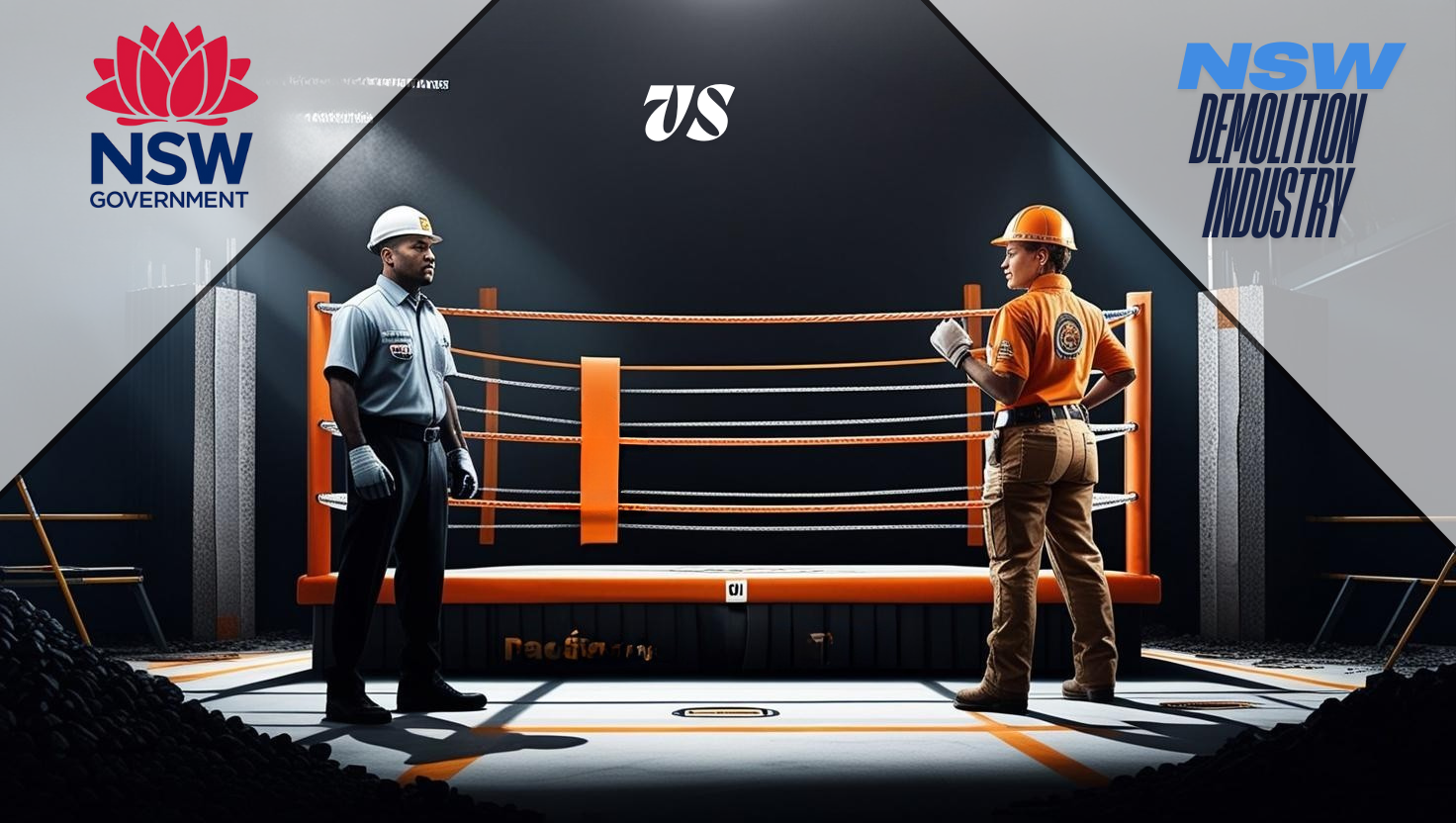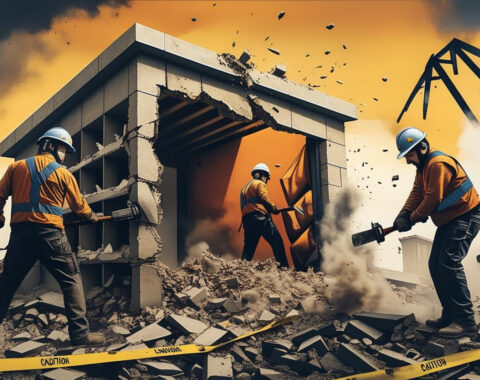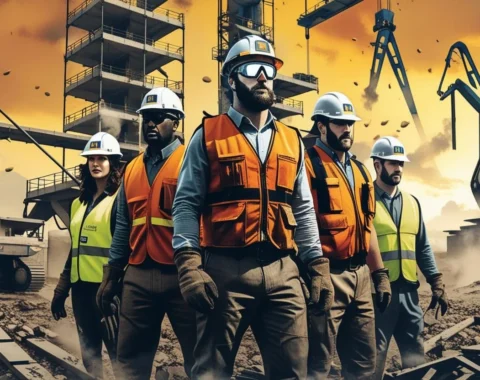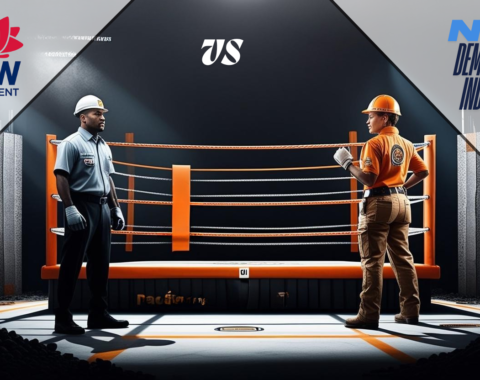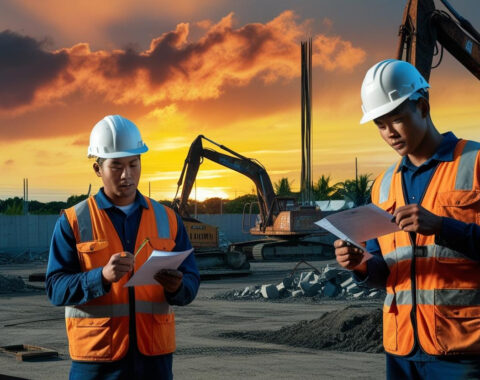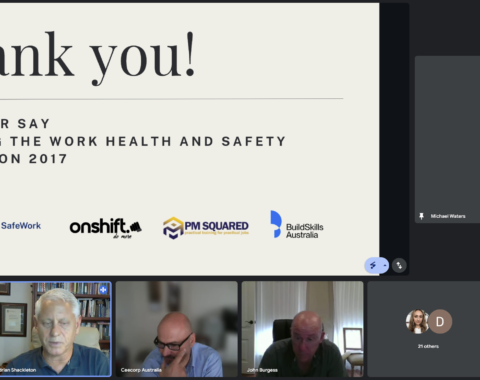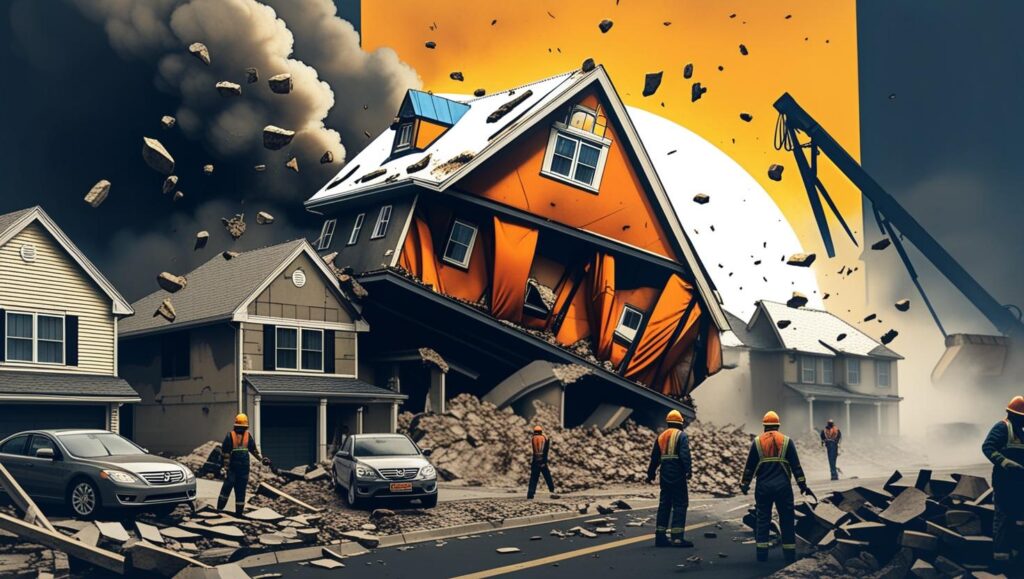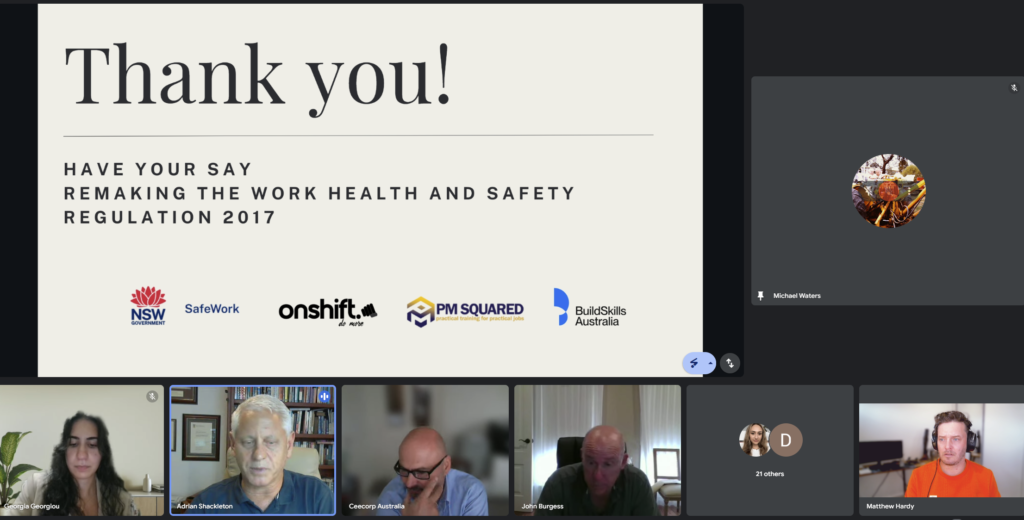This is what you need to know
Key Changes to Demolition Regulations
The primary objectives of the amended regulation are:
Introduction of a Licensing Regime: Workers performing demolition work must now hold the appropriate demolition license.
Mandatory Training Requirements: Workers engaged in demolition must undergo proper training to ensure competency and adherence to safety protocols.
Supervision by Qualified Personnel: All demolition work must be overseen by individuals with the necessary qualifications and experience.
Licensing Categories
The amendments define two types of demolition licenses:
Unrestricted Demolition License: Permits the holder to carry out all types of demolition work, including structures above 15 meters, chemical installations, and demolition requiring explosives or mobile cranes over 100 tonnes.
Restricted Demolition License: Allows the holder to perform demolition work, excluding high-risk demolitions such as those involving explosives, chemical installations, or structures above 15 meters.
Notification and Compliance
Under the new regulation, businesses conducting demolition work must:
Provide written notification to the regulator at least five days before commencing certain types of demolition work, including structures over six meters, work involving load-shifting machinery on suspended floors, and demolition using explosives.
Ensure that named supervisors are present at all times during licensed demolition work.
Maintain compliance with safety management plans and safe work method statements (SWMS).
Existing Obligations for Licensed Demolishers in NSW
Work Health and Safety (WHS) Responsibilities
Licensed demolishers in NSW must comply with existing WHS laws, including:
Hazard Identification and Risk Management: Conduct thorough site inspections to identify and control hazards such as falling objects, asbestos, and structural instability.
Safe Work Method Statements (SWMS): Develop and implement SWMS for all high-risk construction work, including demolition activities.
Public and Environmental Safety: Implement exclusion zones, dust suppression techniques, and waste management plans to protect surrounding communities and the environment.
Asbestos Management
Demolishers working with asbestos-containing materials (ACMs) must:
Hold an asbestos removal license for handling friable and non-friable asbestos.
Comply with the How to Safely Remove Asbestos Code of Practice.
Conduct air monitoring and clearance inspections when required.
Worker Training and Supervision
Workers must complete general construction induction training (White Card) and specific demolition training.
Supervisors must be present during high-risk demolition activities to oversee safety compliance.
Regulatory Compliance and Penalties
Failure to comply with these regulations may result in significant penalties, including:
Fines for businesses and individuals operating without the proper demolition license.
Suspension or cancellation of demolition licenses for breaches of WHS laws.
Legal action for non-compliance with safety standards and environmental regulations.
Conclusion
Disclaimer
This article is for informational purposes only and does not constitute professional advice. Every demolition project has unique circumstances, and regulatory compliance may vary. Please refer to NSW Safework website for direct information and advice.
Conclusion
The Work Health and Safety Amendment (Demolition Licensing) Regulation 2022 strengthens safety standards and licensing requirements for demolition work in NSW. Licensed demolishers must stay informed and compliant with these changes to ensure workplace safety and legal adherence. For more details, refer to the Model Code of Practice: Demolition Work and NSW Safe work Website.

